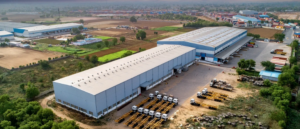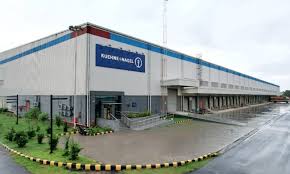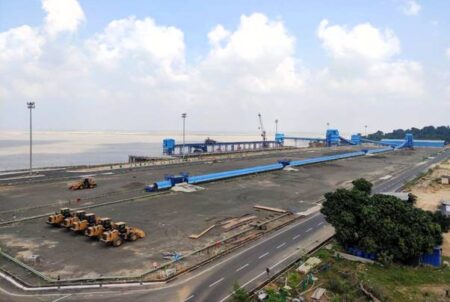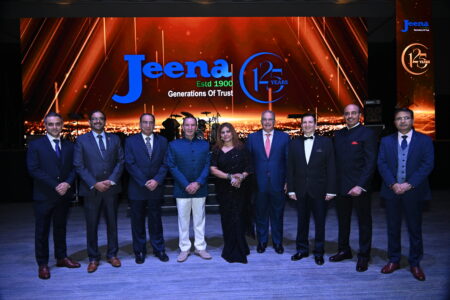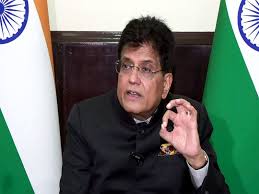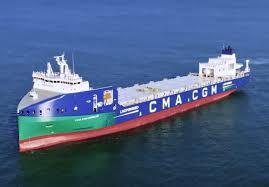Rashul Jain, Global Practice Head, Logistics, Rail & Maritime, Tech Mahindra, offers valuable insights into the future of India’s logistics sector, emphasising the need for strategic adoption of global best practices and technological advancements to achieve the nation’s 2047 vision.

Developing a multi-modal transportation network is crucial to reduce dependence on any single mode
India’s ambitious 2047 vision necessitates a strategically evolved logistics landscape. Rashul Jain, provides crucial insights into the critical shifts required to propel India’s logistics sector forward, exploring the balance between adopting global best practices and fostering innovative domestic solutions.
Multimodality & global presence
“While significant progress is being made,” Jain asserts, “India must accelerate the development of multimodality in transportation.” He highlights the stark contrast in intermodal rail share compared to the US, emphasising the urgent need for robust infrastructure and seamless integration. Furthermore, he points out the limited global presence of Indian logistics and shipping companies, urging for expansion to support the nation’s burgeoning manufacturing and export footprint. “Home grown freight forwarding companies have limited their growth to domestic turfs only,” he notes, advocating for a stronger global presence of Indian contract logistics companies.
Sustainability & smart efficiency
Regarding sustainability, Jain advocates for a pragmatic balance. “India’s logistics sector can balance smart efficiency with green practices,” he emphasises, by implementing strategies like route optimisation, technology investment in automation and IoT, and promoting sustainable packaging. This ensures environmental responsibility without impeding global trade growth. “Leverage technologies like automation, robotics, and IoT to streamline logistics operations and reduce energy consumption,” he suggests.
Resilience & future readiness
To build a resilient and future-ready logistics ecosystem, Jain recommends a multipronged approach. “Developing a multi-modal transportation network,” he explains, “is crucial to reduce dependence on any single mode.” He also stresses the importance of investing in logistics infrastructure, enhancing last-mile connectivity through rural roads and digital platforms, and building robust contingency plans to navigate geopolitical and economic uncertainties. “Invest in logistics infrastructure, including warehouses, container terminals, and cold storage facilities,” he advises.
PM Gati Shakti & global trade
The PM Gati Shakti initiative, according to Jain, will have a transformative impact on India’s logistics efficiency and global trade position. “It will lead to reduced transit times, increased efficiency, improved connectivity, and enhanced competitiveness,” he predicts. This integrated approach to infrastructure development will significantly strengthen India’s position in global trade by “reducing transit times” and “increasing efficiency.”
Vision 2047 & logistics’ role
Jain envisions a pivotal role for a smart and efficient logistics sector in achieving India’s 2047 vision. “An efficient logistics sector will boost economic growth, create jobs, and improve the quality of life,” he states. He outlines key reforms and innovations needed, including reducing logistics costs from 14 percent to 8-10 percent of GDP, achieving efficiency levels comparable to developed nations, and promoting sustainable logistics practices. “Aim to reduce logistics costs from 14 percent of GDP to 8-10 percent by 2047,” he specifies.
By focusing on these strategic areas, India can build a world-class logistics ecosystem that drives economic growth, enhances global competitiveness, and contributes significantly to the nation’s vision of becoming a developed nation by 2047.

